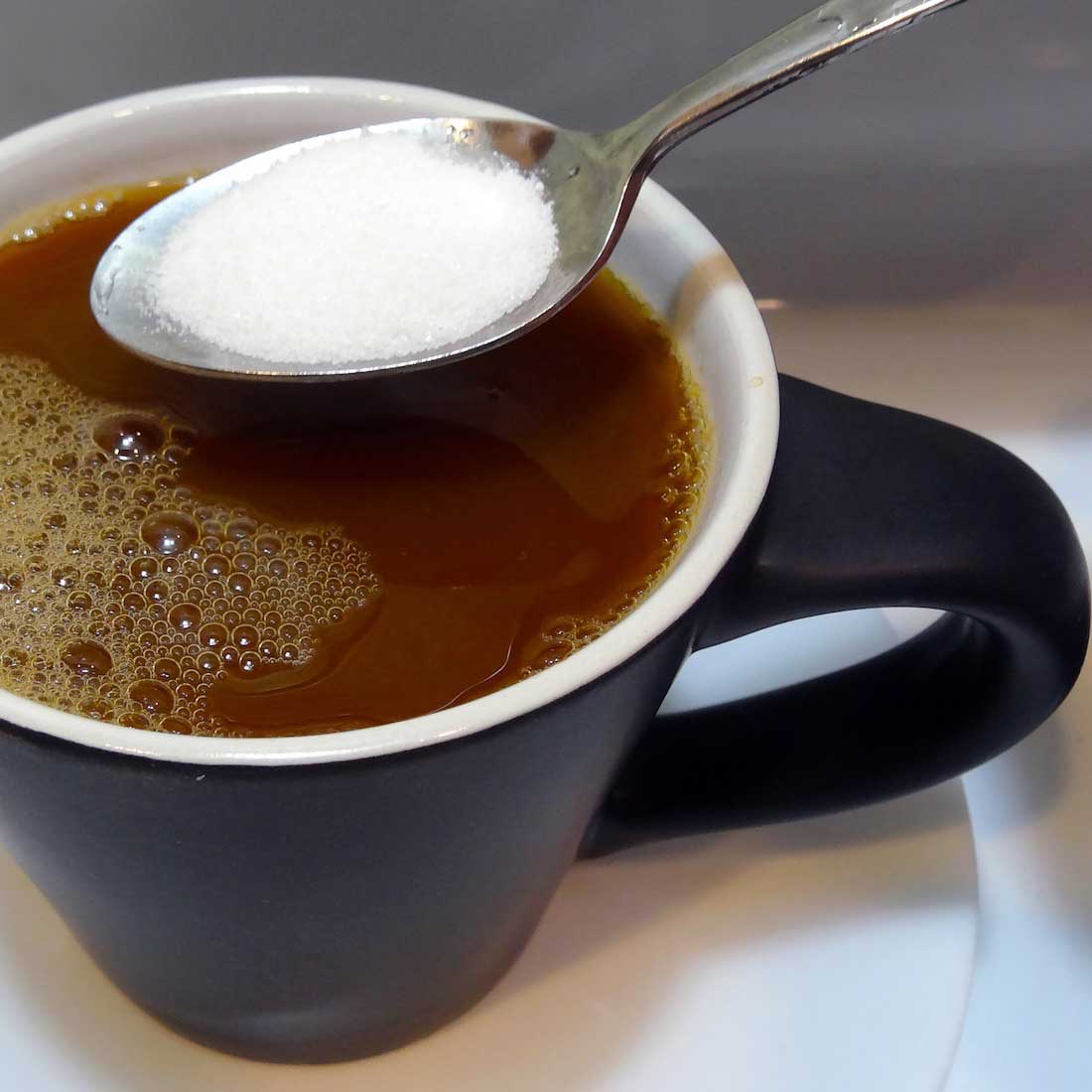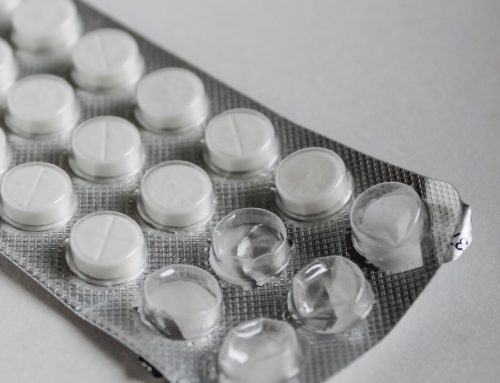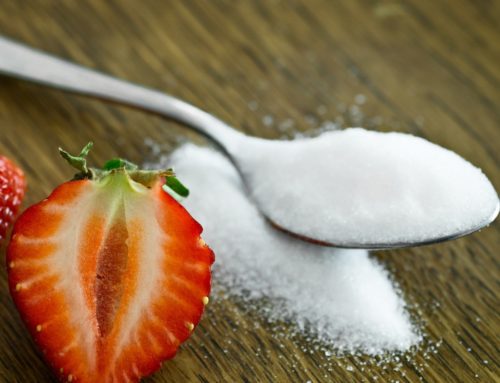I often get asked by my patients out of all the artificial sweeteners, which one is best. Especially for diabetics, but there is no easy answer. Here’s the problem: None of them are completely free of the risks, there are potentially severe side effects of artificial sweeteners given long-term use. We don’t know if sweeteners like aspartame, sucralose, xylitol and the like are safe for human consumption.
Artificial sweeteners are not all the same, but they are all sweeter than sugar. How much sweeter? 40 to 600 times sweeter 1. For every teaspoon of artificial sweetener you consume, the ‘sweetness’ your body perceives can be 40 to 600 times greater than it would perceive from the same amount of sugar. This causes several problems. First, your sugar receptors may become accustomed to extraordinary levels of sweetness and regular foods without added artificial sweeteners taste less flavorful. That means going to back to fruit or any naturally sweet food is going to be a challenge. Second, artificial sweeteners are addictive. Really addictive. When rats were given a choice between cocaine and the artificial sweetener saccharine, most picked the saccharine2. Artificial sweeteners also cause inflammation, increase your insulin response3, and can make you eat more and lead to obesity.
The Severe Side Effects of Artificial Sweeteners
1. Sucralose
Sucralose was actually invented by accident. Two scientists were trying to make chlorinated pesticides when they realized one of their creations tasted sweet. They had come up with an organochlorine which is in the same chemical family as the pesticide DDT. Sprinkle some sucralose on a plant with bugs and observe what happens.
A team of researchers from the Washington University School of Medicine 4also found that blood sugar and insulin levels in humans can actually rise after sucralose is consumed. That’s a huge red flag, especially for diabetics. This study shows that sucralose isn’t the risk-free alternative sweetener for diabetics its marketing leads us to believe.
More studies are showing us the extent of damage sucralose can have on the body. A Duke University study5 found the effects of sucralose on P-glycoprotein levels may cause our bodies to reject crucial drugs such as heart and chemotherapy medication.
Where you’ll find it:
Sucralose is found in many different packaged foods. Most commonly you’ll see it in foods marketed as low-fat, light or reduced calorie. Another common name for sucralose is Splenda. It’s the brand name sweetener you can purchase in small packets, or find at your local coffee shop for adding to teas and coffee.
2. Maltodextrin
Maltodextrin is used as a thickener and gives a fat-like consistency to food products. It increases shelf life, mixes well with other food ingredients, and is cheap to produce. Diet shakes and bars are often loaded with maltodextrin as food companies aren’t required to label maltodextrin as a sugar. The fatty texture of maltodextrin replaces real fats, both good and bad.
Where you’ll find it:
Maltodextrin is often found in processed packaged foods. Commonly you’ll find it in canned foods, desserts, powdered drinks, sauces and salad dressing.
Still with me? Let’s move on to aspartame.
3. Aspartame
When aspartame was initially approved for dry goods in 19746, food researchers balked. A group of researchers fought the FDA approval and effectively delayed the use of aspartame as a food additive until 1981 when the FDA again ruled that aspartame was safe for dry goods. In 1985, Monsanto purchased the original manufacturer of aspartame.
Aspartame accounts for over 75% of adverse reactions to food additives reported to the FDA including migraines, rashes, insomnia, slurred speech, joint pain, memory loss, vertigo, and heart palpitations. Chronic illnesses such as brain tumors, Alzheimer’s, Fibromyalgia, Epilepsy and Parkinson’s can be triggered or made worse by ingesting aspartame.
Where you’ll find it:
Aspartame is commonly found in yogurts, desserts, and drinks especially diet sodas. It’s also found in chewing gum, mints and candies.
4. Acesulfame potassium
Acesulfame potassium is 200 times sweeter than table sugar and sells itself as the calorie-free sweetener. Get your sweet fix with no calories – seems like a win! Not quite. The Center for Science in Public Interest7caution against the use of acesulfame potassium, citing possible carcinogenic properties and the lack of rigorous studies on its effects on human health.
Where you’ll find it:
Acesulfame potassium is found in packaged foods like desserts, drinks, jams, jelly and ice cream. It’s even found in some hygiene products including toothpastes and mouthwashes.
Other Artificial Sweeteners Used in Food
- Cyclamate
- Glycerol
- Glycyrrhizin
- Hydrogenated starch hydrolysate (HSH)
- Isomalt
- Lactitol
- Maltitol
- Mannitol
- Neotame
- Polydexstrose
- Saccharin
- Sorbitol
- Tagatose
But Don’t the Tests say Artificial Sweeteners are Safe?
No they don’t.
The majority of tests conducted test their effects on the human body at levels much lower than are consumed regularly. We have no medical studies that tells us the long-term effects of artificial sweeteners on our bodies.
During the sucralose review process, for example, the FDA reviewed 110 studies on sucralose consumption. However, only two of the studies were conducted with humans – the rest used animals as subjects – and the longest human study was conducted over just four days. The other 108 studies reviewed by the FDA showed that animals suffered negative side effects after being fed sucralose.
Healthy Sugar Substitutes
There are definitely alternatives to sugar that are better for you and are even tastier.
First though, try a sugar detox. For the simplest and healthiest dessert, have some fresh fruit. Slice up some watermelon, enjoy some cherries, or make a blueberry smoothie. If you experience bad sugar cravings, try these tips to help you get through them.
Dates are naturally gloriously sweet. For a sweet and delicious pick-me-up, make some date-cashew balls. Blend up some fresh dates, mix with cashew pieces, and form bite-sized balls.
Try using fresh or dried stevia leaves instead. Drop one straight into your coffee or try some maple syrup instead. Either of these options are so readily available – and tastier – than the unproven alternatives.
Chew on this
Are artificial sweeteners safe? We don’t know. We have no rigorous, peer-reviewed medical studies that give artificial sweeteners the green light. I tell all my patients to avoid it and I wouldn’t feed it to my family. They are proven to be addictive and can numb our taste buds to foods without artificial sweeteners. We also don’t know how our bodies will respond after even five years of artificial sweeteners.
Tell us what you use for your sweet fix? What are your alternatives to artificial sweeteners? Share you thoughts with us in the comments.
- Harvard School of Public Health
- Harvard Health Publications, Artificial Sweeteners: Sugar Free, but at What Cost
- Mercola.com, Artificial Sweeteners May be Worse Then Sugar for Diabetics
- Washington University of St. Louis, Artificial Sweeteners May do More than Sweeten
- Duke University, Splenda Alters Gut Microflora and Increases Intestinal p-glcoprotein and cytochrome p-450 in Male Rats
- Dr. Janet Starr Hull, Aspartame Approval History
- Buzzle, Acesulfame Potassium Dangers





I steer clear from artificial sweeteners and use honey or maple syrup instead.
Sucralose (via V-8 fusion energy) messed up my digestion so bad that I lost 30 pounds of mostly muscle that I could not afford to lose. Going to be a long recovery and hoping there is no permanent damage.